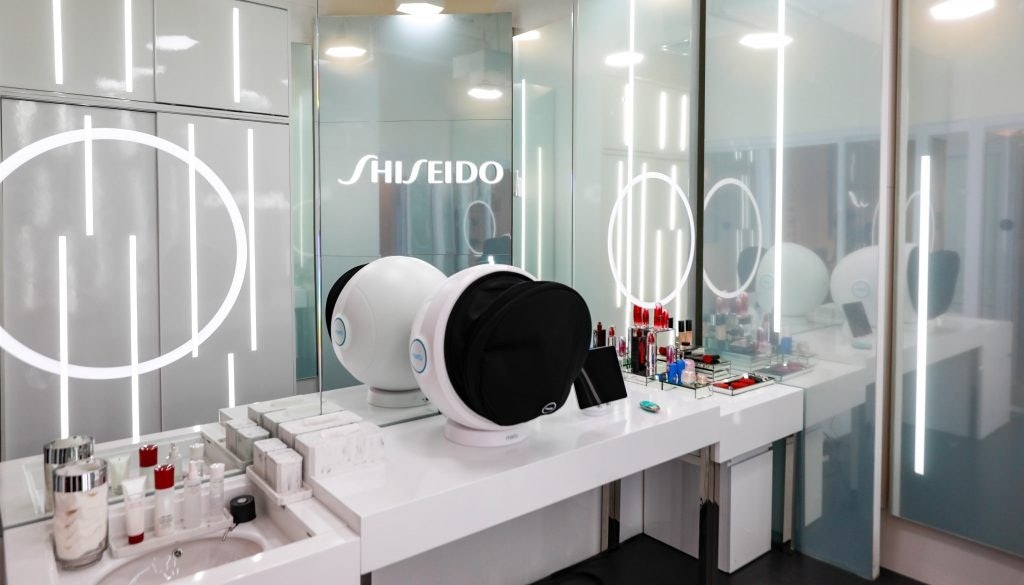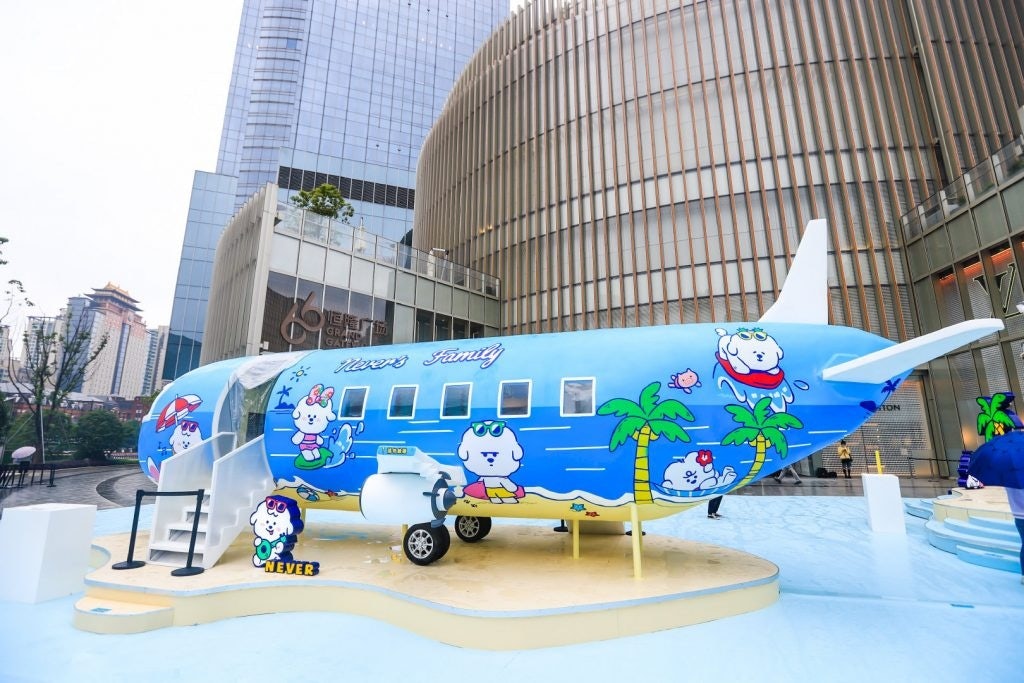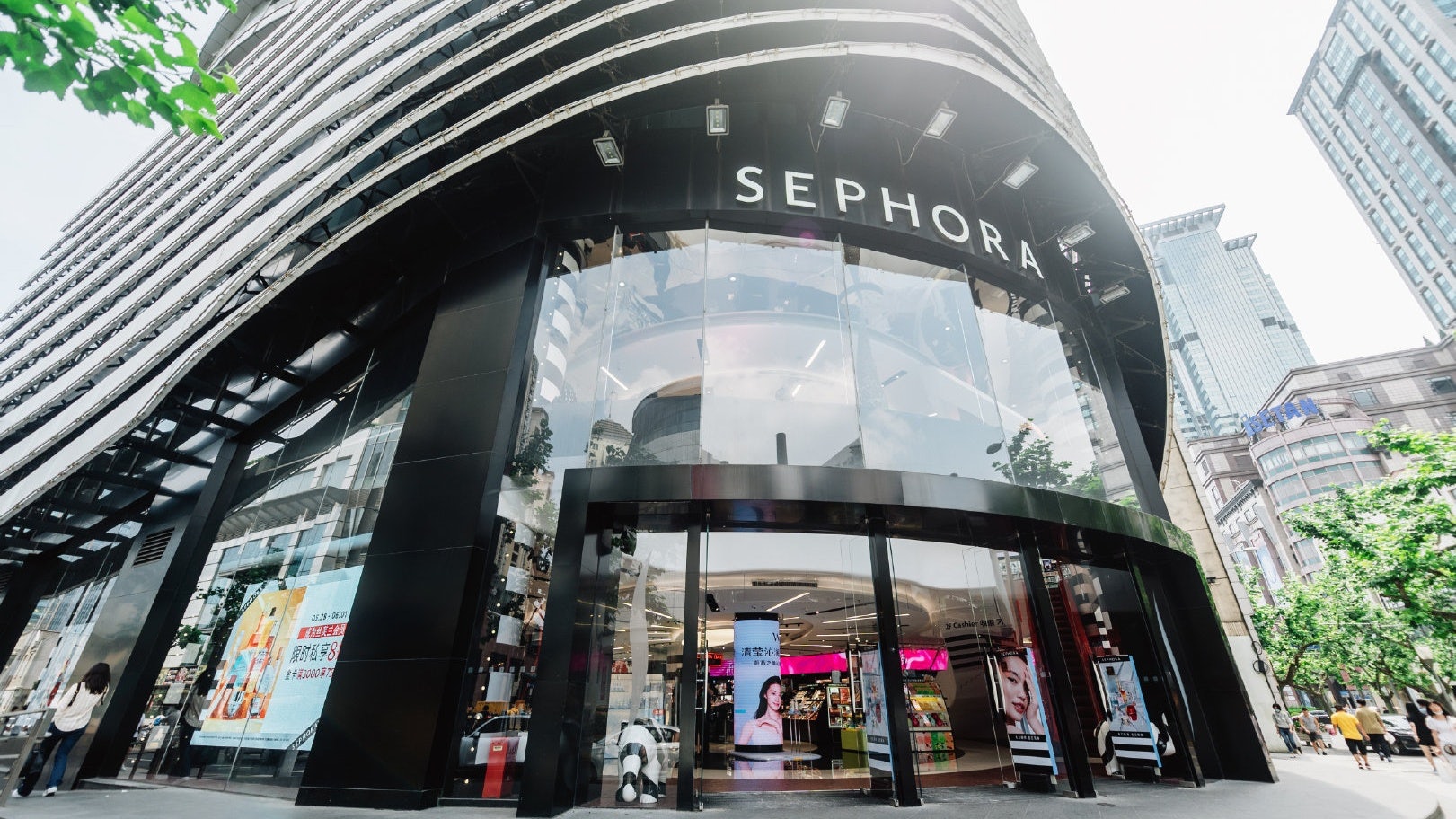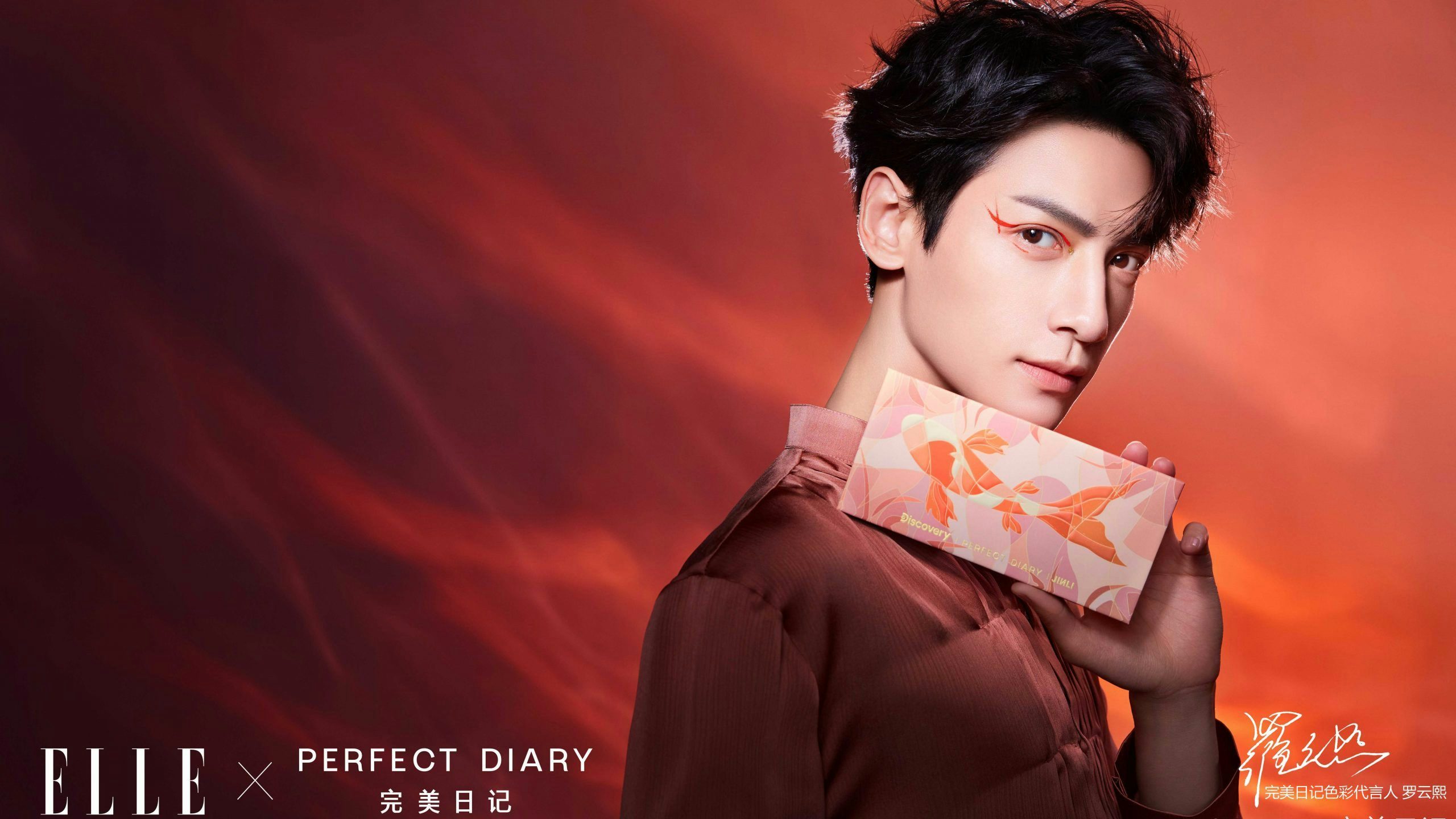Key Takeaways:#
China’s demand for beauty and skincare products continues to rise significantly, confirming the country as a powerhouse for beauty. By 2025 it’s expected to reach a value of 87.64 billion.
A number of high-profile openings and incubators, from Tmall’s beauty division to LVMH's 154 million beauty e-commerce hub, will up the city's beauty allure.
Shanghai is now the largest port of entry for beauty products, up 17.9 percent in 2020.
China is the world’s second-largest beauty and personal care product market after the US. Today it has a value of 38.6 billion. As innovation grows post-pandemic, a number of initiatives, physical store openings, and digital innovations located in Shanghai suggest the city’s growing allure to beauty leaders. Jing Daily asks, can it become a beauty capital?
Although it lags behind America’s 56 billion beauty segment, China's cosmetics market is particularly buoyant and dynamic. Beauty also weathered the pandemic surprisingly well and there is little doubt it offers a lucrative growth opportunity — with little sign of slowing. Due to the rising demand for beauty and skincare products, it is expected to record a value of 87.64 billion by 2025.
This year, more and more beauty companies and divisions, from LVMH to Tmall, have been counting Shanghai as a cosmopolitan and glamorous destination. Furthermore, it’s home to one of China’s oldest beauty brands, Pechoin, and has attracted newer local names like Chando, The Herborist, and Forest Cabin too; the latter offer cool alternatives to Western leaders — especially Gen Z consumers.
Given China’s explosive beauty market and Shanghai’s prominence on the beauty scene, it’s time to see if the ‘Magic city’ or 魔都 is on track to take on world leaders such as Seoul and Tokyo as a beauty capital? Jing Daily takes a look at its potential.
China’s dynamic beauty landscape#
In recent years, a number of factors have created what is fast becoming an opportune moment for C-beauty: from rapid urbanization to online penetration, female population growth, China’s beauty ecosystem couldn’t be healthier. The latest retail data released by the National Bureau of Statistics showed that retail sales of cosmetics from January to April was 18.92 billion alone — an increase of 35.3 percent year-on-year.
Meanwhile, interest from men in cosmetics has exploded and the male facial skincare market was forecast to hit 1.90 billion in 2020. Research firm Mintel predicted this would expand 50 percent to reach 18.5 billion yuan in 2025. Reutersfound that in 2020, 10 new Chinese male beauty brands emerged. Overall, the number of licensed cosmetic enterprises in China exceeded 5,400 as of February 2021.
Despite the growth of C-beauty companies, international names are still topping consumers' wish lists though, especially Japanese companies. According to the Japan External Trade Organization, in 2020, China’s imports of Japanese cosmetics topped the list, increasing by more than 30 percent to around 4.3 billion. This saw J-beauty far surpass the 3.3 billion in beauty products taken by South Korea as well as the US and France — also major suppliers.
Shanghai: a draw for local and international names#
When the Shiseido Group decided to open its first beauty innovation hub outside of Japan, it chose Shanghai and since then, the city’s allure to companies, local and international, has continued to grow post-pandemic. This year, Tmall announced plans to set up a new center in Shanghai for its beauty division; this hub will serve as an industrial base for e-commerce packaging and dispatch for the group’s cosmetics and perfume products.

Although headquartered in Guangzhou, beauty unicorn Yatsen Global recently set up a retail division in Shanghai. It has also signed a strategic collaboration with the US manufacturer Sensient to jointly establish Innovative Color Laboratories with operations in Shanghai, Guangzhou, and Singapore.
Also planting a flag in the city, LVMH has announced a base there too — this time for logistics. By the end of 2022, the luxury conglomerate plans to build a beauty e-commerce hub for packing and dispatching at a cost of 154 million. The L’Oréal China-backed Big Bang Beauty Tech Startup Challenge 2021 launched there too to promote beauty entrepreneurship. It drew more than 500 startups last year, with ten selected and incubated. And in March, Nivea's newly opened innovation center will support start-ups in the areas of R&D, marketing, and office space.
What the city offers#
During the pandemic, beauty’s retail gains ran the gamut from pioneering digital efforts to the lucrative world of Duty-Free; these efforts have not slowed during 2021. Eager to become a new retail pioneer, French cosmetics giant L’Oréal recently tapped the city as home for its first-ever concept store in an omnichannel tie-up with fashion’s undisputed capital, Paris. Furthermore, two brands owned by the group will also open their first Asian stores in Shanghai soon.

Meanwhile, the Shanghai-based brand acceleration group USHOPAL recently bagged 100 million in a Series D round of financing. Part of this sees it leveraging China’s Duty-Free roll out to help domestic names including Bonnie&Clyde to grow offline and keep innovating. With USHOPAL’s help, the retailer (now with six brand stores) plans to build a special Bonnie&Clyde zone in Shanghai’s CNSC mall, bringing niche, cruelty free brands to China’s Duty-Free space.
According to Dao Nguyen, founder of strategic marketing agency Essenzia, there is ambition to create a “Yangtze river delta beauty area” comparable to what has been founded in its closest competitor for the accolade, Guangzhou. “Shanghai is now the largest port of entry for beauty products, up 17.9 percent in 2020,” Nguyen tells Jing Daily.
“The purchase consumption is higher too. Per capita disposable income of Shanghai residents was 72,232 yuan in that year.” The proposed “beauty area” she refers to would see it join Hangzhou, Suzhou, and Huzhou — a move which would undoubtedly help to extend Shanghai’s influence both in China’s internal sector as well as around the world too.
The allure of beauty content creators#
USHOPAL’s other major focus will be to build luxury brand positioning via creative content on new media streams and platforms — yet another vibrant area for Shanghai. In May, LVMH held its first offline public recruitment event in the city to seek out “new luxury retail experts and newcomers” which now includes beauty experts, influencers, and livestreamers such as e-commerce emperor, Li Jiaqi. According to Dao, Li Jiaqi, who hosts sessions from his studio on a daily basis, is not only a mere livestreamer, but a “full powerhouse inventing new consumer experiences” and business models.
Indeed the “Lipstick King” is at the forefront of an extremely agile and disruptive consumer-centric focus that is energizing and inspiring global names. “Li’s Never's Family has been the core idea to cross collaborate with Fresh, Darphin, The Beast, and a host of other local brands. They create installations conceived as giant playgrounds, it's very inventive, very social media friendly, and therefore a win-win consumer-brand experience,” Dao notes.

Can it beat out closest rival Guangzhou?#
Shanghai has glamor in spades, but it lacks the manufacturing and supply chain resources of Guangzhou. Therefore, industrial bases like Guangzhou and Shenzhen will remain key areas for Chinese brands to set up shop around. In terms of the number of licensed cosmetic enterprises in China, the Guangdong province is a clear winner with 2,997, accounting for over 55 percent. While towering over Shanghai's measly 227, the city does have its breakout beauty start-ups like the skincare company UNISKIN, which recently completed a round of financing worth 100 million yuan.
Finally, let's not forget that over a decade ago the global cosmetic mammoth Procter & Gamble settled into Guangzhou; next to its massive production facilities, it created a campus expressly to nurture talents. So far, it has birthed the founders of both Perfect Diary and HomeFacialPro, two new beauty brands that have revolutionized C-beauty. Going forward, let's see if LVMH, Shiseido, and rising local beauty stars can work their magic for Shanghai. The race is on.

